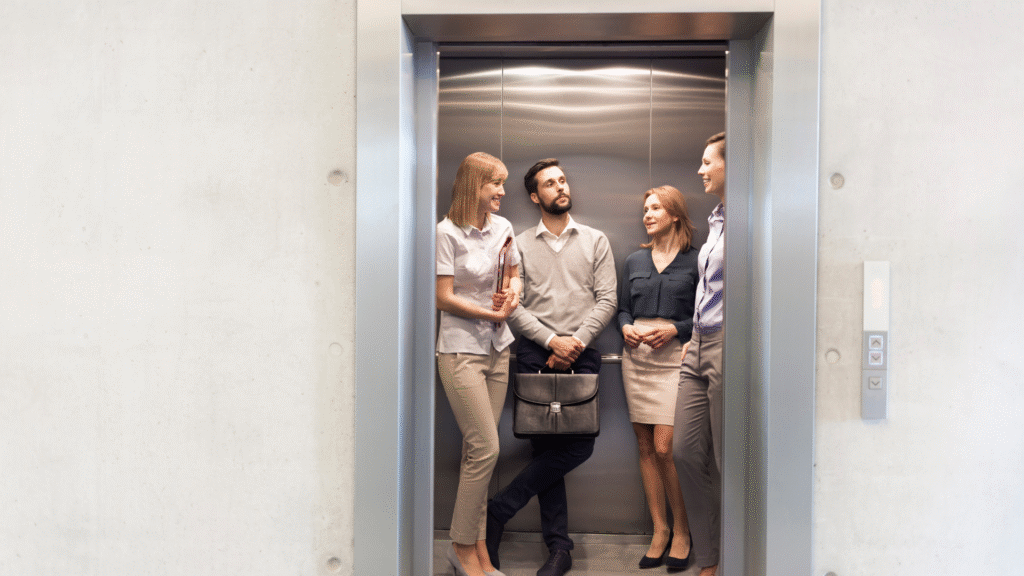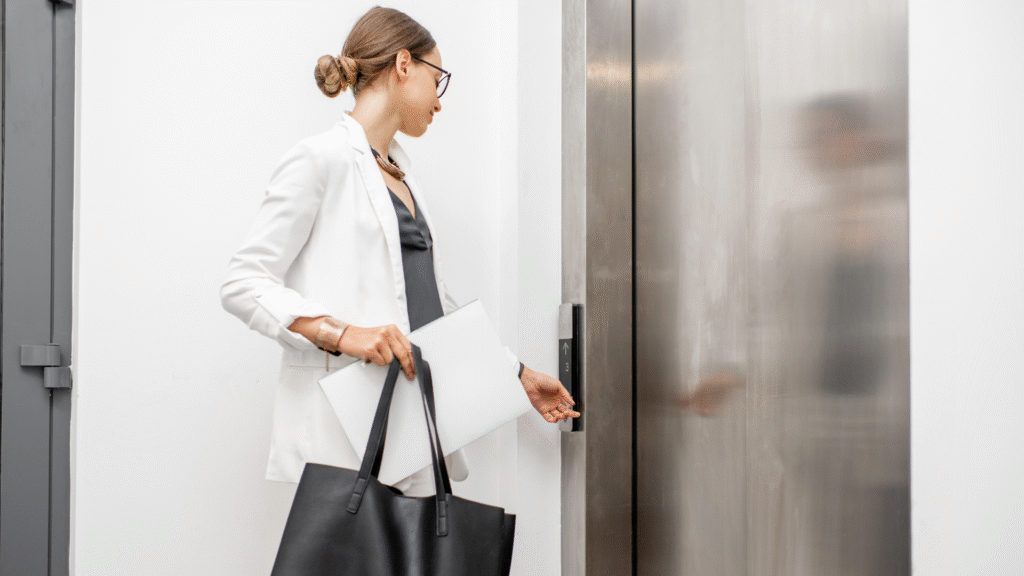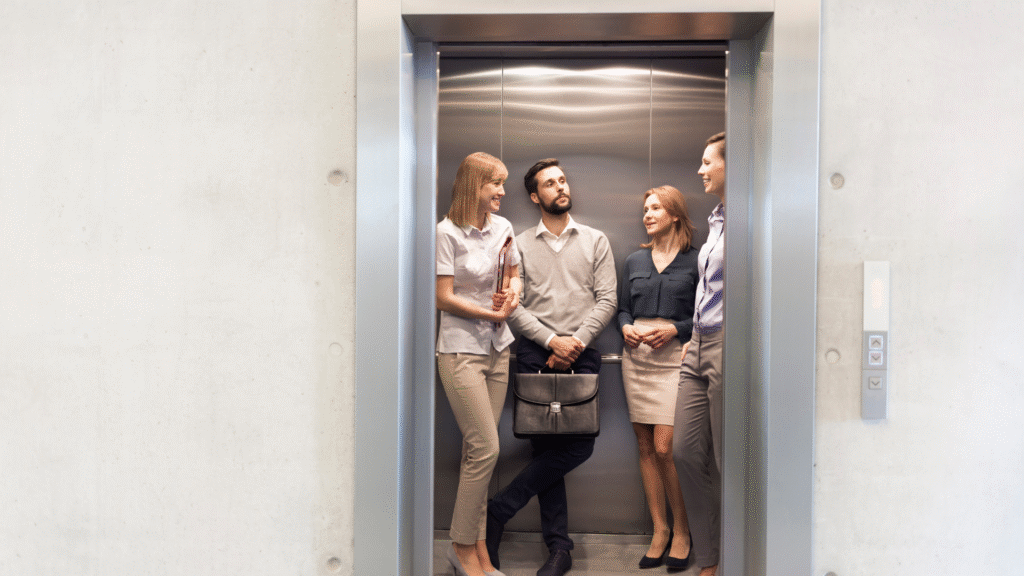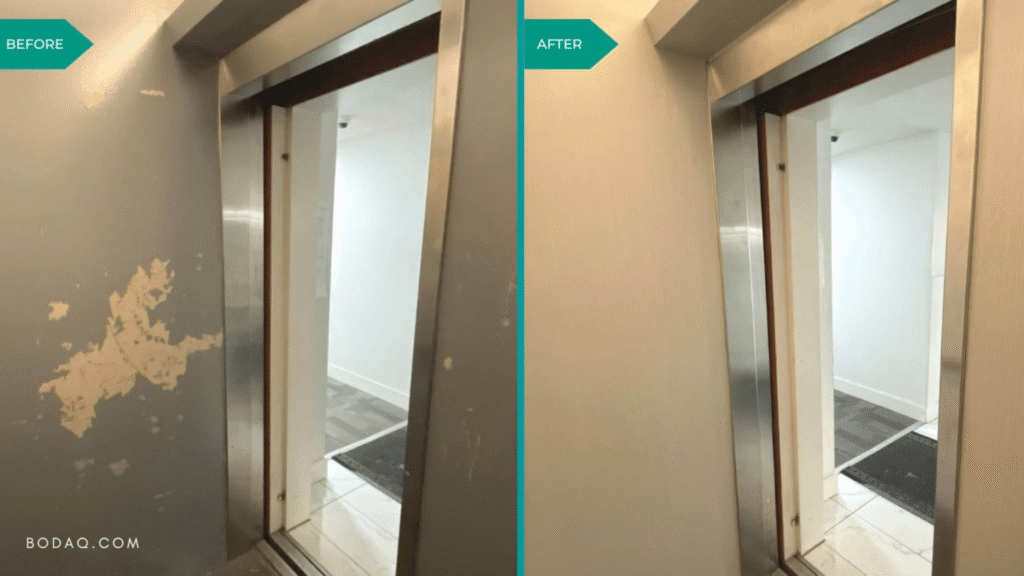First impressions matter, and elevators design play a larger psychological role in shaping tenant and guest perceptions than most property managers realize. As confined spaces are used daily, their design directly impacts feelings of comfort, trust, and satisfaction.

The Power of First Impressions in Elevator Design
Research shows that people form opinions about spaces within seconds. An elevator with scratched walls, outdated finishes, or dull lighting signals neglect, lowering trust in the building’s management and overall quality. A study by the Journal of Environmental Psychology confirms that design elements can influence perceived professionalism and reliability in commercial spaces.

Comfort and Safety Perceptions
Design elements such as lighting, color, and materials can influence how safe and comfortable passengers feel. Bright, well-finished interiors communicate reliability, while darker or damaged finishes may trigger discomfort. According to ResearchGate, confined environments with poor aesthetics can heighten stress and discomfort for users.
Emotional Connection in Hospitality and Multifamily

For hotels, restaurants, and residential buildings, the elevator is part of the guest journey. A thoughtfully designed space, using warm woods, elegant metals, or fabric textures, can create positive emotions that enhance brand experience. The American Hotel & Lodging Association (AHLA) highlights how consistent design touchpoints, including elevators, influence guest satisfaction scores.
Why Refinishing is the Best Option
Architectural film refinishing allows building owners to update elevator interiors quickly, improving aesthetics and psychological impact without extensive downtime. This cost-effective solution enhances perceptions while keeping budgets in check.
Conclusion
Elevator design is not just about style, it shapes how people feel about a building. By investing in refinishing, property managers create environments that inspire trust, comfort, and loyalty.


